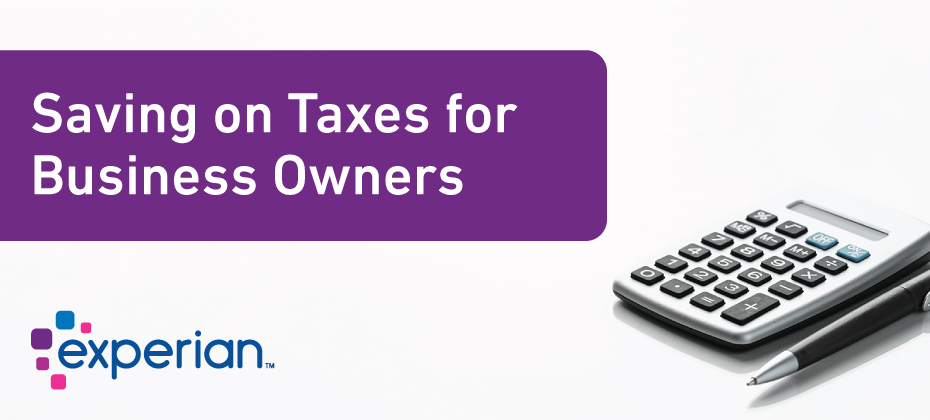In this guest post, tax expert and author Barbara Weltman offers some tax saving tips for business owners as we head into tax season. You can find more posts by Barbara on her blog Big Ideas for Small Business.
Tax season is upon us and business owners want to minimize their tax bill for 2018 to the extent allowed by law. Fortunately, there is considerable flexibility on tax returns to cut taxes and be positioned for 2019. Here are some business-related strategies to consider.
Take advantage of new tax laws
Your 2018 return will reflect changes made by the Tax Cuts and Jobs Act of 2017. The new rules applicable to you depend on your type of business entity:
- C corporations. The most dramatic change here is the cut in the corporate tax rate to 21%.
- Pass-through entities. For owners in partnerships, limited liability companies, S corporations, and sole proprietors, the most dramatic change here is the introduction of a new tax deduction called the qualified business income (QBI) deduction. This personal write-off effectively reduces taxable profits by 20% for those eligible to fully utilize it; many limitations apply.
All businesses. Regardless of how the business is organized, write-offs for buying certain property have been enhanced, enabling all of the cost to be deducted up front. This is so even if the purchases are financed in whole or in part. And if you’ve continued paying wages to employees on family or medical leave and meet certain requirements, you may be eligible for a new tax credit.
Make smart tax elections
Size up where you stand in terms of profitability for 2018. As a generalization, if 2018 was a good year, you want to maximize your deductions; if it was not a good year, you probably want to save deductions where possible to use them as offsets when profitability returns.
For example, if you’re in the black in 2018 and have placed newly acquired equipment in service in 2018, then use tax breaks—Section 179 deduction and bonus depreciation—to write off all of the cost on your 2018 return. Conversely, if you’re in the red, don’t elect the Section 179 deduction and opt out of bonus depreciation so you use regular depreciation to spread deductions over the recovery period of the property; hopefully, you’ll be profitable then and benefit more from these deductions.
Discuss with your CPA or another tax advisor any accounting method changes to be made for 2018 in light of new rules under the Tax Cuts and Jobs Act. Making such changes can impact when deductions are taken and income is reported.
Make last-minute retirement plan contributions
If you have a qualified retirement plan in place (i.e., it’s been operating for years or you at least signed the paperwork for a 2018 plan by December 31, 2018), you can complete contributions to the plan up to the extended due date of your return. For example, if you are a sole proprietor with a solo 401(k) plan (you don’t have employees), your contribution for 2018 can be made up to the extended due date of your 2018 return (October 15, 2019) if you have a filing extension.
If you don’t have a qualified retirement plan in place, it’s not too late to set up and fund a SEP. This type of plan, which can be used by any type of entity, requires you to include eligible employees and make contributions on their behalf up to the extended due date of your return.
Figure your estimated taxes for 2019
The due date of your personal income tax return—April 15, 2019 (April 17th if you live Maine or Massachusetts)—is also the date for paying the first installment of estimated tax for 2019. If you file your 2018 return by this date, you can use the 2018 tax liability to gauge your 2019 estimated tax payments. As long as your 2019 estimated taxes are at least 100% of your 2018 liability (110% if your adjusted gross income in 2018 exceeds $150,000, or $75,000 if married filing separately), then you won’t owe any estimated tax penalties even if this estimate falls short of what you’ll actually owe on your 2019 return.
In making your 2019 estimated, factor in:
- A higher Social Security wage base ($132,900 in 2019), which is part of self-employment tax.
- Cost of living adjustments to various tax breaks (e.g., retirement plan contribution limits, Section 179 deduction limitation).
Conclusion
Now that the dust has settled on the Tax Cuts and Jobs Act, some businesses may want to consider changing their form of entity (e.g., revoking an S election to become a C corporation). Keep in mind that such action has more than mere tax effect and shouldn’t be undertaken without considering not only all the federal and state taxes but also non-tax considerations.


